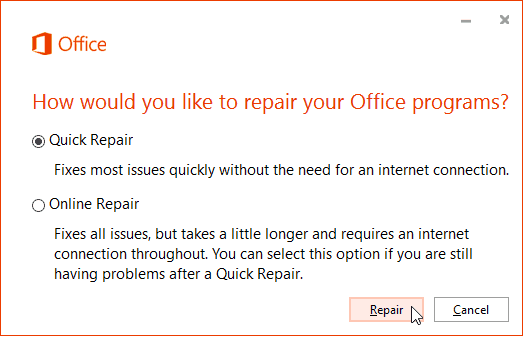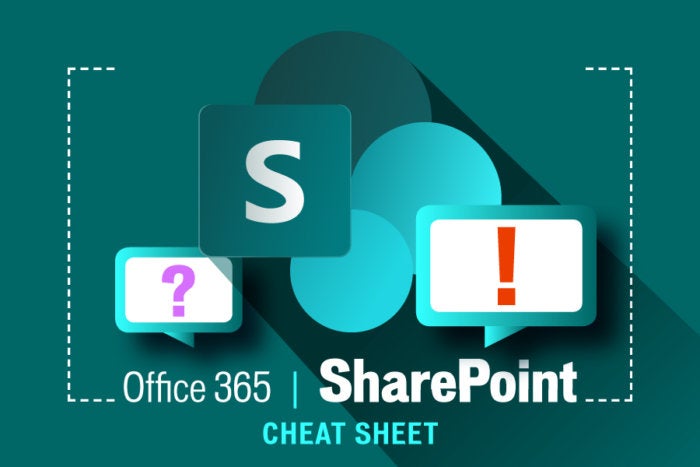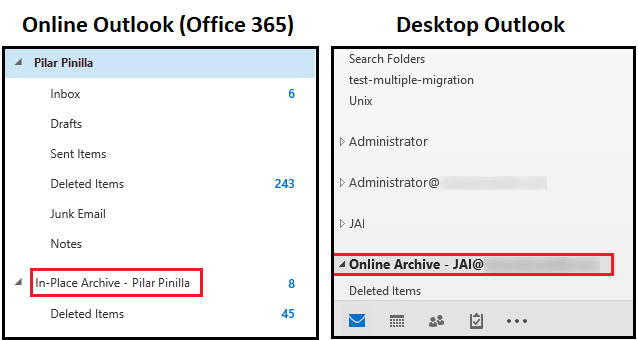Outlook.com is a free personal email service from Microsoft that doesn't scan your email for the purpose of serving you ads. Automatically file emails and share photos easily. Opens Office Cloud based Office 365 with access to Word, Powerpoint, Excel, OneNote, Sharepoint, Teams, Sway, Forms and OneDrive.
-->Modern authentication in Exchange Online enables authentication features like multi-factor authentication (MFA), smart cards, certificate-based authentication (CBA), and third-party SAML identity providers. Modern authentication is based on the Active Directory Authentication Library (ADAL) and OAuth 2.0.
When you enable modern authentication in Exchange Online, Windows-based Outlook clients that support modern authentication (Outlook 2013 or later) use modern authentication to connect to Exchange Online mailboxes. For more information, see How modern authentication works for Office client apps.
When you disable modern authentication in Exchange Online, Windows-based Outlook clients that support modern authentication use basic authentication to connect to Exchange Online mailboxes. They don't use modern authentication.
Outlook 365 Online Email
Notes:
- Modern authentication is enabled by default in Exchange Online, Skype for Business Online, and SharePoint Online.
Note
For tenants created before August 1, 2017, modern authentication is turned off by default for Exchange Online and Skype for Business Online.
Enabling or disabling modern authentication in Exchange Online as described in this topic only affects modern authentication connections by Windows-based Outlook clients that support modern authentication (Outlook 2013 or later).
Enabling or disabling modern authentication in Exchange Online as described in this topic does not affect other email clients that support modern authentication (for example, Outlook Mobile, Outlook for Mac 2016, and Exchange ActiveSync in iOS 11 or later). These other email clients always use modern authentication to log in to Exchange Online mailboxes.
Enabling or disabling modern authentication has no effect on IMAP or POP3 clients. However, if you've enabled security defaults in your organization, POP3 and IMAP4 are already disabled in Exchange Online. For more information, see What are security defaults?.
When you enable modern authentication in Exchange Online, Windows-based Outlook clients that support modern authentication will be prompted to log in again. Further, the Basic Auth login dialog box and the Modern Auth dialog box look very different. See the Outlook and Basic Auth section of the Basic Auth and Exchange Online blog post for details.
You should synchronize the state of modern authentication in Exchange Online with Skype for Business Online to prevent multiple log in prompts in Skype for Business clients. For instructions, see Skype for Business Online: Enable your tenant for modern authentication.
A user with multiple accounts configured in their Outlook profile might receive an error when they try to connect to their mailbox. For more information, see KB 4516672
Enable or disable modern authentication in Exchange Online for client connections in Outlook 2013 or later
Connect to Exchange Online PowerShell.
Do one of these steps:
Run the following command to enable modern authentication connections to Exchange Online by Outlook 2013 or later clients:
Note that the previous command does not block or prevent Outlook 2013 or later clients from using basic authentication connections.
Run the following command to prevent modern authentication connections (force the use of basic authentication connections) to Exchange Online by Outlook 2013 or later clients:
To verify that the change was successful, run the following command:
See also
Have you ever used Word? Or Excel? How about PowerPoint? If the answer is yes, you’re familiar with Microsoft Office.
Get your free Excel shortcuts cheatsheet
Download your printable cheatsheet of the best Excel shortcuts
In recent years, Microsoft has been steadily growing their subscriber count for their cloud-based product, Office 365. In April 2020, Microsoft rebranded its Office 365 subscription plans as Microsoft 365, so now both their home and business offerings fall under the same branding.
You might be wondering what this means for you. What’s the difference between Microsoft 365 vs Office 365? Are there any new features? And can you still access Microsoft Office programs without a subscription?
In this article, we’ll dive into the differences and which plan would work best for you.
What is Microsoft 365?
Microsoft 365 is a cloud-based subscription service for home and business users, that includes Office applications, cloud storage, and other features dependent on your plan. Whether you’re an individual, a small or midsize business, large enterprise, school or not-for-profit, there’s a plan for you.
Microsoft 365 vs Office 365
Previously Microsoft 365 was a business product from Microsoft, which included Office applications. Microsoft 365 Business was the highest tier of their business plans, with Office 365 Business Essentials and Premium plans underneath.
From April 2020, Office 365 Home and Personal plans and Office 365 Business plans now all fall under the banner of Microsoft 365. Microsoft says the name change is designed in part to help business customers better understand which plan is best for them, promoting the rebranding as “new name, same great value, same price.”
If you already were an Office 365 subscriber for business or personal use, you don’t have to do anything, your subscription will have automatically rolled over to Microsoft 365. If you’re unfamiliar with the plans available, or want to know which option is best for you, keep reading as we break this down below.
What are the different plans and what’s included?
The usual Office apps that you know from Microsoft, such as Word, PowerPoint, Excel, Outlook, Access, and Publisher come with all Microsoft 365 plans for home and personal use. You’ll also get cloud-based features that let you collaborate on documents with others in real-time, plus extra online storage via OneDrive. The Microsoft 365 Family plan is handy for groups of up to six people, who can all share one subscription and access it on multiple devices with their own personal login details.
In comparison with Office 2019, which is sold as a one-time purchase, Microsoft 365 is a subscription, which means you’ll always have the latest features, fixes, and security updates at no extra cost. If you buy the one-off Office 2019 option, you’ll get all the Office apps to download onto one computer, but it doesn’t include any upgrades. This means that if you want to upgrade in the future, you’d need to pay another full license fee.
Microsoft 365 Business plans come with a selection of Office apps and extra features depending on your level of subscription, such as email with your own custom domain name, access to Microsoft Teams, and advanced security protection. Business plans can accommodate up to 300 users, and if you require more, you can opt for an Enterprise plan for an unlimited number of users.

Take a look at our comparison table below to compare the different plans available.
| Plan | Price | Features | Usage |
|---|---|---|---|
Personal | $59.99/year or $5.99/month | Office apps including Word, Excel, PowerPoint, Outlook, Access, Publisher and OneNote. 1 terabyte of cloud storage and security for all devices you use the subscription on. | 1 user, on multiple devices. |
Family | $79.99/year or $7.99/month | All of the Office apps the personal plan includes plus up to 6 terabytes of cloud storage (1 terabyte per person) and security for all devices you use the subscription on. | Up to 6 users, on multiple devices. |
Office Home & Student 2019 (non-subscription) | $119.99, one-time purchase | Classic versions of Word, Excel and PowerPoint with no updates or additional features from 365 subscription plans. | 1 user, on 1 PC or Mac. |
Business Basic | $5 user/month (annual commitment) | Web and mobile versions of Office apps including Outlook, Word, PowerPoint, Excel, Teams, Sharepoint and OneDrive. Also includes 1 TB of cloud storage, Microsoft Teams, email and calendar, and security and compliance features. | Up to 300 users. |
Business Standard | $12.50 user/month (annual commitment) | Everything in Basic, plus always up to date Desktop versions of Office apps. | Up to 300 users. |
Business Premium | $20.00 user/month (annual commitment) | Everything in Standard, plus advanced security and device management. | Up to 300 users. |
Apps for business | $8.25 user/month (annual commitment) | Office apps including Outlook, Word, PowerPoint, Excel, Teams, Sharepoint and OneDrive, 1 TB of cloud storage, and no additional business features. | Up to 300 users. |
Enterprise (E5, E3, F3) | $10 to $57 user/month (annual commitment) | Office apps, Power apps, content creation apps, advanced analytics. | Unlimited users. |
What new features does Microsoft 365 have?
Microsoft 365 is much the same as the former Office 365, but there are a few cool new features that go beyond the workspace. Additional features are expected in the future, such as perhaps a password manager for Microsoft 365.

Money in Excel
Microsoft is expanding its features to help with “life”, as well as school and work. Think banking features such as “Money in Excel”, which allows you to connect your bank and credit card accounts directly from Excel, download transaction details, and import them into a budget or spreadsheet.
Microsoft Editor
Another feature is “Check Your Writing with Microsoft Editor”, which is Microsoft’s version of Grammarly. It helps you check and correct your grammar and style in more than 20 languages in Word and Outlook, or in your browser with an extension for Google Chrome or Microsoft Edge.
Teams for personal use
Microsoft Teams is a chatting function similar to Slack, which allows you to connect with colleagues through group chats, video calls, and shared calendars and to-do charts. Microsoft has added new features for personal use, such as Team groups, to use it with friends and family.
Family Safety
There are also additional security features, such as Microsoft Family Safety, which is an app for iPhone and Android that manages screen time across Windows 10, Xbox and Android and also includes location-sharing options such as notifications when your family arrives at or leaves work or school and where they are on a map.
Outlook 365 Online Sort

Wrapping it up
If you already are a subscriber to Office 365, you’ll have the new Microsoft 365 and all its features without having to do anything. If you were on the fence about whether or not to get a subscription to Microsoft 365, hopefully, this article would have helped you to make a decision.
If you just want the Office apps without any of the additional features on one device, and you don’t mind paying for the license fee again should there be any upgrades, then purchasing Office 2019 one-off might be a good option.
But if you’re looking for something that provides more than just the Office apps and is accessible on different devices with future upgrades and features at no extra cost, a Microsoft 365 subscription is your best bet.
Make the most of Microsoft Office
Are you ready to learn how to use Microsoft Office? GoSkills Microsoft Office courses are compatible with many versions of Office, including 365. Start learning today with a 7 day free trial to all courses on GoSkills.
Outlook 365 Sign In
Ready to master Microsoft Office?
Start learning for free with GoSkills courses
Outlook 365 Online Repair
Start free trial